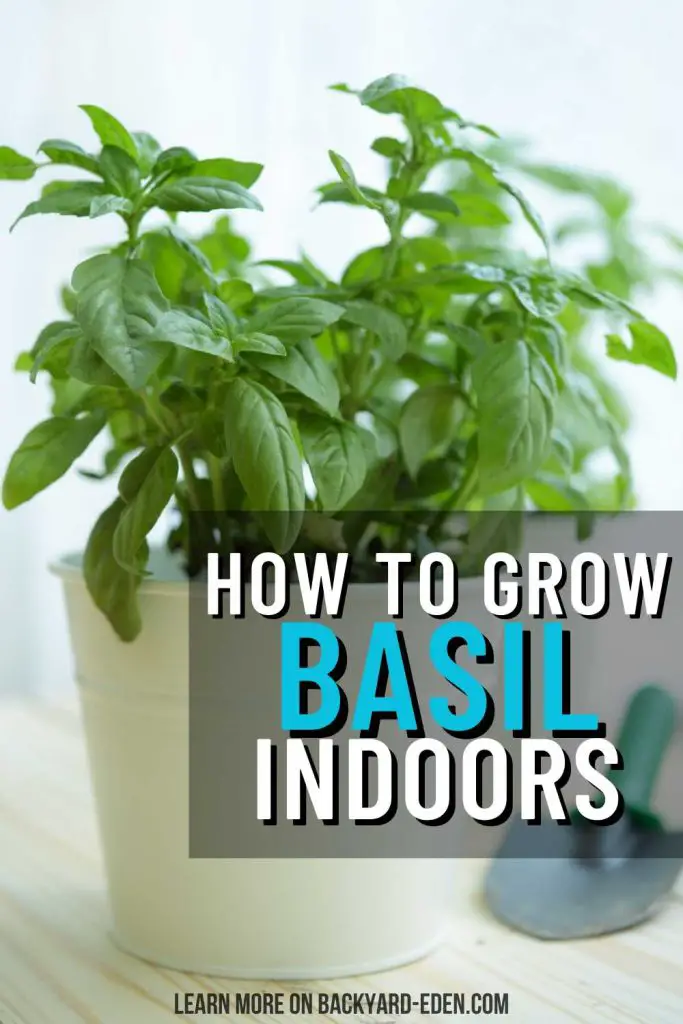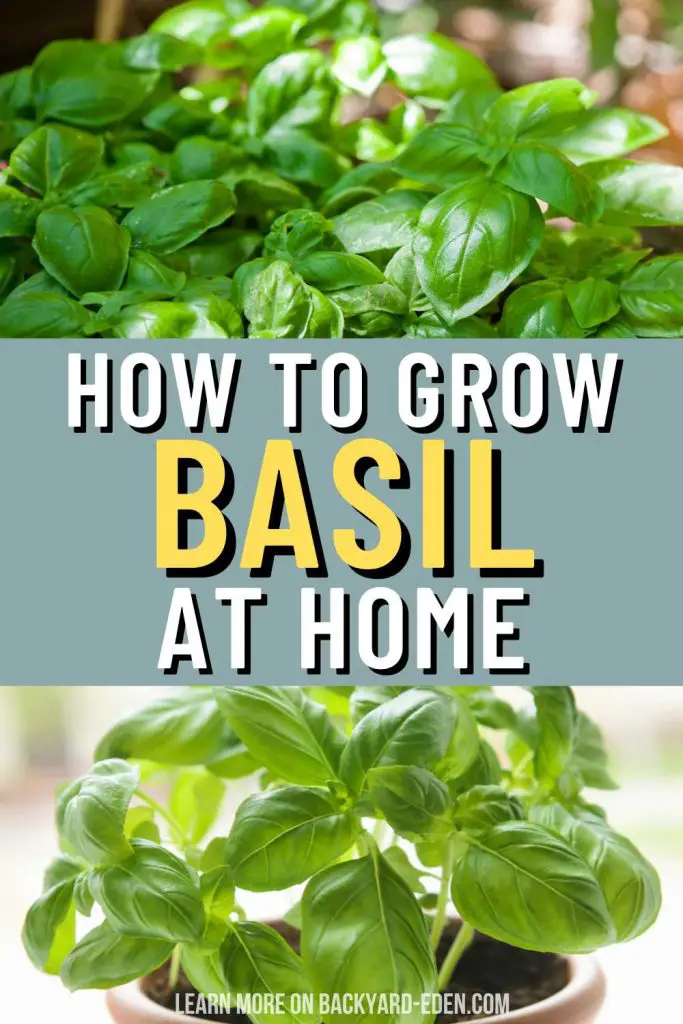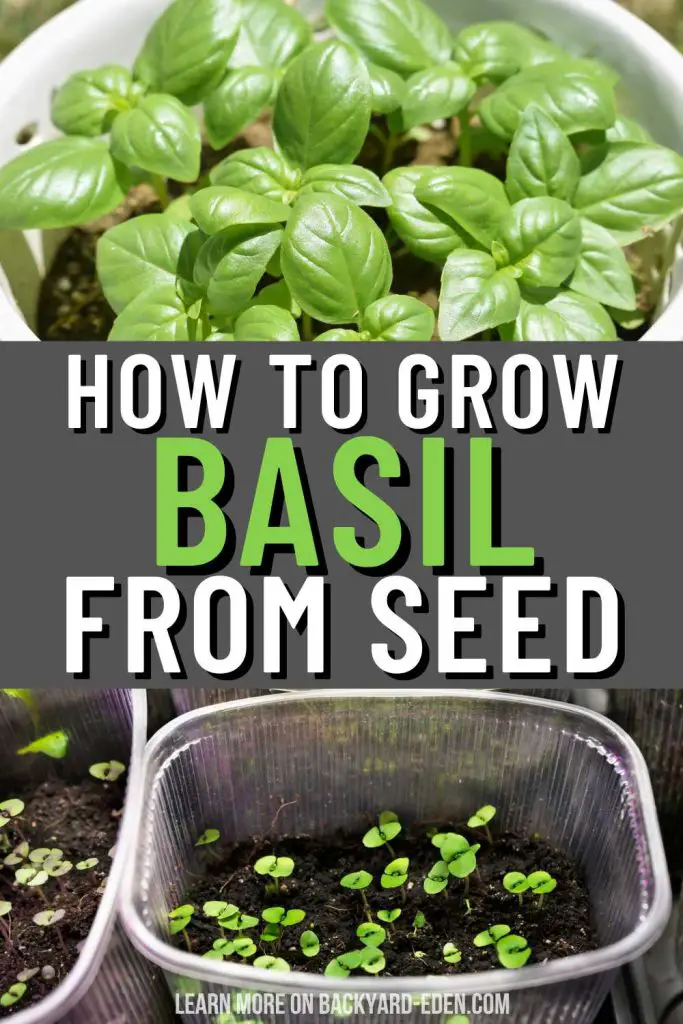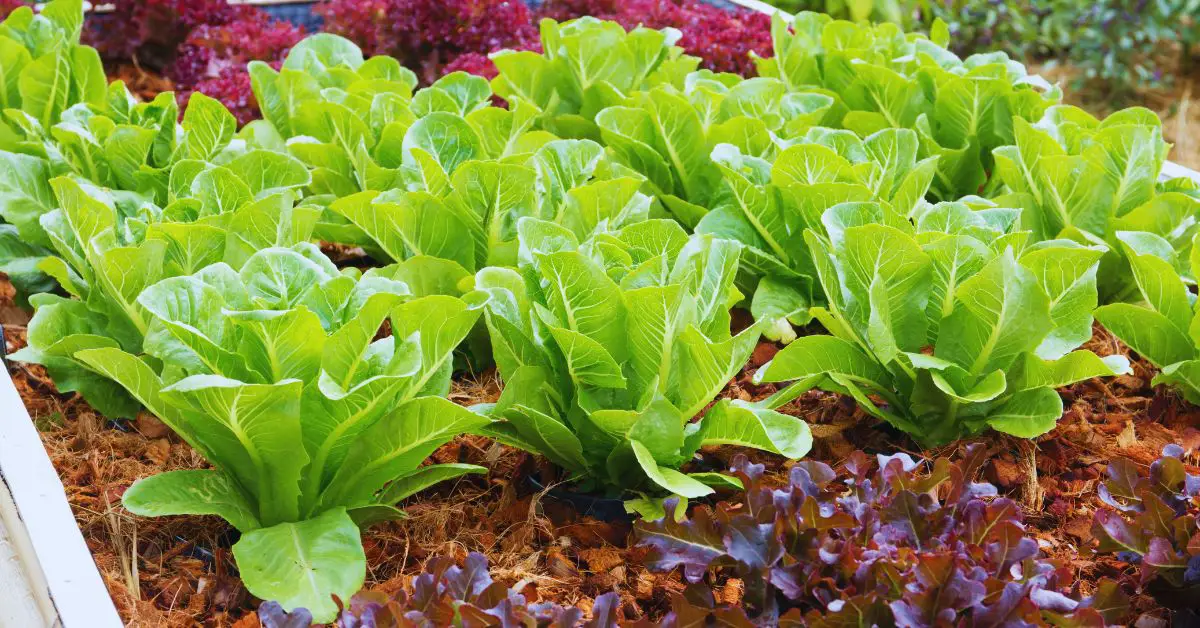How to Grow Basil
Growing a garden is one of my favorite things to do and my garden would not be complete without my herbs. An herb garden would not be complete without some Basil. Here is how to grow Basil!
There is nothing better than walking out the backdoor and harvesting some fresh herbs to season your food.
Basil is one of my favorite herbs to grow in my backyard garden. Basil can be extremely rewarding and will provide you with a flavorful addition to a variety of dishes.
Sweet basil is a bushy annual, 1 to 2 feet high, with glossy opposite leaves and spikes of white flowers. Basil leaves are used in cooking, imparting their anise (licorice) flavor to dishes.
Many different varieties are available with different nuances of taste, size, and appearance, including cultivars with cinnamon, clove, lemon, and lime overtones, as well as purple-leaved types such as Dark Opal and Rubin.
The endless possibilities make basil one of the most popular herbs in the garden.
How to Grow Basil
Plant seed outdoors when frosts are over and the ground is warm, start indoors in individual pots, or buy bedding plants. If you choose to start seeds indoors, heating mats can be helpful, since basil likes warm temperatures.
Plant in full sun, in well-drained soil enriched with compost, aged manure, or other organic materials.
Recommended spacing of large-leaved cultivars, such as ‘Lettuce Leaf’1 foot apart and small-leaved types such as ‘Spicy Globe’ a little closer. I have found that you can space them a lot closer if you have nutrient-dense soil amended with plenty of compost.
Basil needs ample water. Mulch to help retain moisture after the soil has warmed.
Pinch plants frequently to encourage bushy growth, and pinch off flower heads regularly so plants put their energy into foliage production. Doing so will ensure an abundant harvest of delicious leaves.
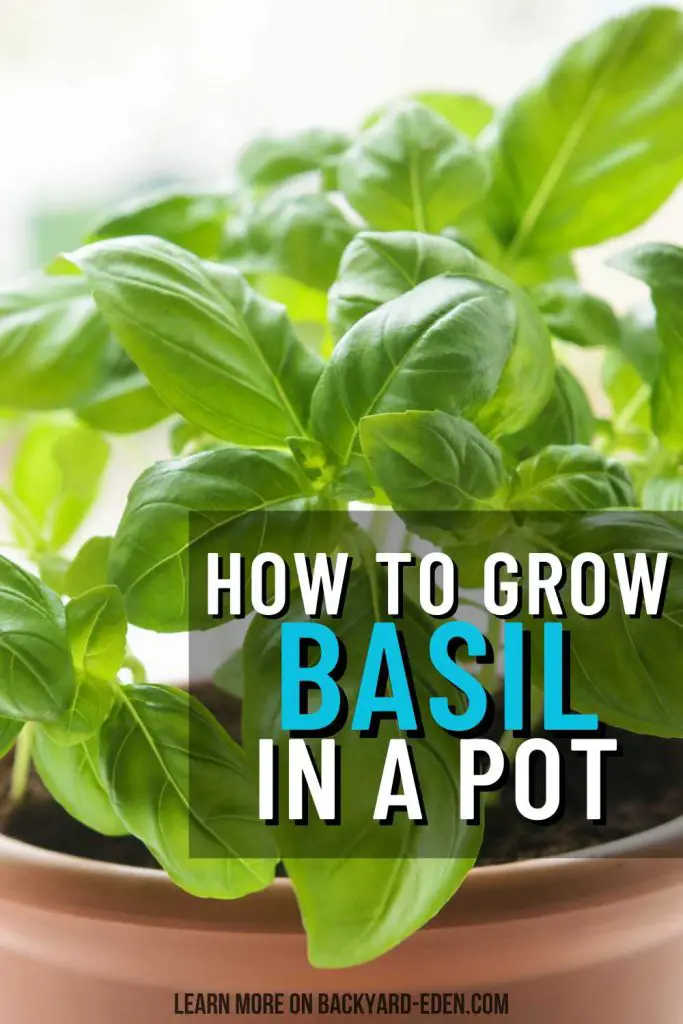
This post may contain affiliate links. Read our full disclosure here.
How To Grow Basil In Pots
Grow a few basil plants in containers so you can bring them indoors before fall frost. Or make second sowing outdoors in June in order to have small plants to pot up and bring indoors for winter.
Propagating basil is very easy by taking cuttings; allowing them to root in water and then putting them into a pot of good potting soil.
Basil Diseases
Basil can be subject to various fungal diseases, including Fusarium wilt, gray mold, and black spot, as well as damping-off in seedlings. However, if you catch these problems soon enough you can either remove the infected area or treat it with an organic fungicide.
You can lower your risk of having these problems by waiting to plant outside until the soil has warmed and by planting in the method of poly-culture. Poly-culture beds are where many different plants are grown instead of growing one type of crop.
Insects can be treated with an organic insecticide solution by spraying the leaves down every few weeks or as needed.
How To Harvest Basil
Begin using the leaves as soon as the plant is large enough to spare some. Collect from the tops of the branches, cutting off several inches. This will promote side growth and a prolonged harvest period.
I have found that even when the plant starts to send a flower up, that can be cut back as well in order to make the plant bushier. Handle delicately so as not to bruise and blacken the leaves.
You can air-dry the leaves in small, loose bunches, but it keeps the best flavor when frozen. To freeze for later, puree-washed leaves in a blender or food processor, adding water as needed to make a thick but pourable puree.
Pour the puree into ice-cube trays and freeze, then pop them out and store them in labeled freezer bags to use as needed in sauces, soups, and pesto. Pesto (a sauce made of pureed basil, garlic, grated cheese, and olive oil) will keep for a long time in the refrigerator with a layer of olive oil on top.
How To Use Basil
This widely used herb enhances the flavor of tomatoes, peppers, and eggplant. It is great in spaghetti sauce, pizza sauce, and ratatouille.
It’s also excellent for fish or meat dishes, combining well with lemon thyme, parsley, chives, or garlic. Try it in stir-fries or in vegetable casserole dishes. Fresh leaves are delicious in salads.
Try the lemon-and lime-scented cultivars in fresh fruit salads and compotes. It is also a staple ingredient in Thai and Vietnamese cuisine; cultivars such as ‘Siam Queen’ give the most authentic flavor to these dishes.
Basil vinegar is a good alternative for salad dressings; those made with purple basil are colorful as well as tasty.
Frequently Asked Questions
What is the trick to growing basil?
Growing basil successfully often comes down to ensuring it receives the right amounts of sunlight, water, and warmth. The trick is to plant it in a location that gets at least 6 to 8 hours of direct sunlight daily, in well-draining soil that retains moisture but doesn’t stay soggy. Basil loves warm conditions, so it’s best to wait until after the last frost to plant it outdoors.
For indoor growth, maintaining a warm environment and using grow lights if necessary can mimic ideal outdoor conditions. Regular watering is key, but it’s crucial to let the soil slightly dry out between waterings to prevent root rot.
Fertilizing with a balanced, all-purpose liquid fertilizer monthly can also help, especially for potted plants. Pruning or harvesting the tips regularly encourages the plant to branch out and become bushy, which leads to more leaves for harvesting.
Does basil need full sun?
Yes, basil needs full sun to thrive. It should be planted in a spot that receives at least 6 to 8 hours of direct sunlight each day. This requirement is crucial for the plant to grow strong and healthy.
Full sun exposure ensures that basil develops its best flavor and oil content, which are essential for its culinary use. If grown indoors, basil plants should be placed in a south-facing window where they can get ample sunlight or supplemented with grow lights to mimic the sun’s benefits.
Lack of sufficient sunlight can lead to leggy plants, reduced vigor, and diminished flavor.
How do you grow basil and keep it alive?
To grow basil and keep it alive, start by choosing a sunny location that receives at least 6 to 8 hours of direct sunlight daily. Plant basil in well-draining soil that’s rich in organic matter to ensure the roots have the ideal conditions for growth.
Water the plant regularly, keeping the soil moist but not waterlogged, as basil does not like to sit in wet soil. Implementing a routine of allowing the soil to slightly dry out between waterings can prevent issues like root rot.
During the growing season, applying a balanced, all-purpose liquid fertilizer once a month can promote healthy growth. Regularly harvesting the top leaves or pinching off the flower buds encourages the plant to become bushier and prevents it from going to seed, which can prolong its productive life.
Additionally, protecting basil from extreme temperatures and moving it indoors or providing shade during intense heat waves can help keep it alive and thriving.
How do you pick basil so it keeps growing?
To pick basil in a way that encourages continuous growth, use your fingers or scissors to snip off the leaves or branches just above a pair of leaves. This method encourages the plant to branch out from the point of cutting.
Avoid picking the leaves too close to the bottom of the plant; instead, focus on harvesting the uppermost leaves or the tips of the branches. This not only allows the plant to keep growing but also helps it become bushier over time.
Regular harvesting prevents the plant from flowering, which is essential because once basil starts to flower, its energy is diverted from leaf production to seed production, potentially affecting the flavor and amount of new leaves grown.
How do you keep basil bushy?
Keeping basil bushy involves regular pruning and harvesting. Start by pinching off the tops of the plant when it has at least six leaves; this encourages the plant to branch out. Make sure to prune or harvest just above a leaf pair, as new growth will sprout from that point.
Regularly removing the tips of the branches promotes more lateral growth, leading to a fuller plant. Additionally, be vigilant about removing any flower buds as soon as they appear because flowering can cause the plant to stop producing new leaves and focus on seed production.
Consistent harvesting and pruning not only stimulate growth but also improve air circulation around the plant, which can help prevent disease.
Why is growing basil so hard?
Growing basil can be challenging for several reasons, primarily due to its specific needs for sunlight, water, and temperature. Basil requires a lot of sunlight—at least 6 to 8 hours of direct sunlight daily—and without this, it can become leggy and weak.
The plant also needs consistent moisture but cannot tolerate soggy soil, making water management crucial. Overwatering can lead to root rot, while underwatering can stress the plant. Temperature is another critical factor; basil is sensitive to cold and can be damaged by frost.
Additionally, basil plants are susceptible to pests like aphids and diseases such as fusarium wilt, which can further complicate cultivation. These factors combined make growing basil a delicate balance, requiring attention and care to ensure the plant thrives.
Conclusion
I hope this has inspired you to grow some basil in your garden, no matter if you want just a few leaves for tasty garnish or you want to preserve some for the winter months; Basil is sure to please. Grow multiple varieties and experiment with recipes.
If you like this article on how to grow Basil, please share it on social media and with friends. For all the latest recipes, container gardening tips, and growing guides subscribe to our newsletter in the sidebar.
Also, check out our article on What is container gardening? or Best Herbs to Grow!
Be sure to Like us on Facebook and follow us on Instagram, Twitter, and Pinterest!
